Just like changing your oil or checking the brake fluid, you can’t neglect the maintenance on your vehicle’s tires – especially if your car is sitting for an extended period of time. Neglected tires can spell trouble for your air pressure or developing flats when you do drive again, so here’s how you can maintain your tires after they’ve been sitting for a long time.
What Happens When You Let Your Tires Sit Too Long?Most people don’t realize the importance of maintaining your tires while your vehicle isn’t in use, but there are plenty of problems that can occur if you neglect them.
Flat SpottingIf you’ve ever wondered why your tires don’t seem to drive right after you’ve left your vehicle sitting idle a little bit longer than the average wait time, flat-spotting may be the cause. Unused tires sit pressed against the flat ground, which creates rigid areas that damage your tire’s functionality.
As the outside temperature heats and cools the compounds in your tire throughout the day, the air pressure changes daily as well. Overtime, your tires will begin to develop flat spots, even if you cannot see them. Remember, there is a lot of weight on your tires from your entire vehicle.
While this won’t create a completely flat tire, flat-spotting may cause awkward vibrations while you drive or make it hard for you to actually steer your car. Flat spots can occur in as little as thirty days, so this can become a major problem if you haven’t used your car in months.
Tire BubblesIn areas where the rubber on your tires is a little thin and they’ve been sitting too long, it’s possible for tire bubbles to develop – which can be a huge safety hazard if you attempt to drive with one.
Not only is it difficult to see tire bubbles but if you do take them on the road, there’s an increased risk that your tire will blow out.
DeteriorationWhile most manufacturers recommend that you replace your tires within six years, letting your vehicle sit for too long is one way to ensure early tire deterioration. Even if you’re not actively driving on the road, your tires are still bearing the full weight of your stationary vehicle. The sun also breaks down the compounds in the tire and will cause dry rotting and cracking over time.
Even if you’re not actively driving on the road, your tires are still bearing the full weight of your stationary vehicle. The sun also breaks down the compounds in the tire and will cause dry rotting and cracking over time.
Months in that stationary position can lead to heavily deflated, completely flat, warped, or even just rotten tires that aren’t safe for you (or anyone else) on the road. Some vehicle owners may assume that inflating their tires after they’ve been sitting will fix the problem, but depending on the extent of the damage, inflation may not even be able to save your deteriorated tires.
How to Maintain Your Tires While Your Vehicle is Left UnusedYou may have to let your vehicle sit stationary for a while, but that doesn’t mean you need to neglect your tires – proper upkeep can prevent the problems listed above. Here’s what safety measures you can take to help prevent deterioration, flat-spotting, and tire bubbles from forming.
Regularly Check Your Air Pressure
You may not be driving your vehicle, but tires naturally lose their air over time.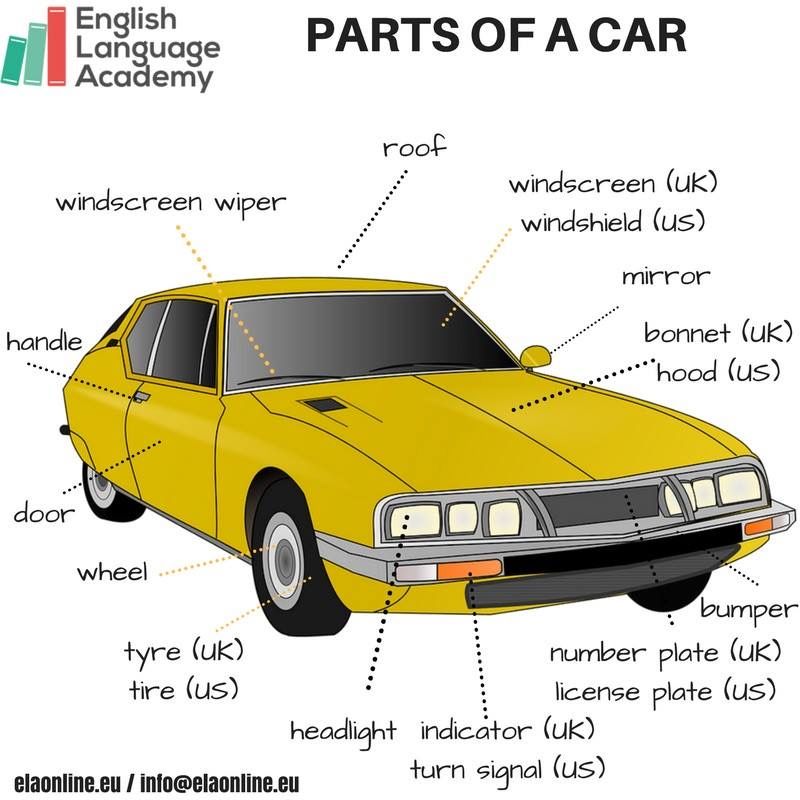 Regularly check your tire pressure to make sure it still matches manufacturer recommendations, and add air if they’ve lost too much.
Regularly check your tire pressure to make sure it still matches manufacturer recommendations, and add air if they’ve lost too much.
To combat flat spots, you don’t need to take your car on the road, but you can roll it back and forth in your driveway to prevent flat spots from forming.
Use a Jack Stand to Take the Weight OffBearing the brunt of your vehicle’s weight can lead to faster deterioration, so consider using a jack stand or a similar device to take some of the weight off.
Regularly Inspect Tires for Signs of Deterioration or BubblesEven if you’re not planning to drive your car yet, inspect your tires regularly for signs of tire bubbles or deterioration, like discoloration, cracking, flaking, or bulging.
Use Tire Covers to Prevent Too Much ExposureSpending too much time exposed to the elements is another way to quicken tire deterioration. If you have to store your vehicle outside or in a garage with large windows, you may want to consider investing in tire covers to prevent weather-related or UV damage.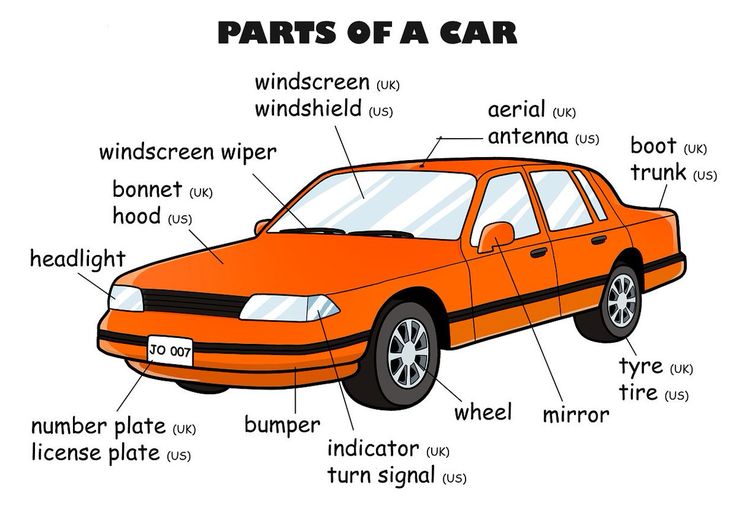
No part of your car is meant to go weeks or months without upkeep, and that includes your tires. Not only could neglecting your tires mean replacing them too soon, but it can also be a safety hazard if tire bubbles or flat spots have formed during inactivity.
Even with regular tire care and maintenance while your vehicle sits, you may want to still book an automotive appointment to ensure your tires and treads are safe to drive on and don’t require professional repairs. That’s where JACK Mobile Tire comes in. We are the leading experts in the mobile tire repair and replacement industry. Call us at 833-571-JACK or schedule your appointment online to have us come inspect your tires and keep you safe on the road ahead.
At some point in time, you may use your car less. You may have gone for a vacation, decided to work from home, or bought a new car. If your car has been sitting in the garage for a while, you might be wondering how long it will take before the tires go bad.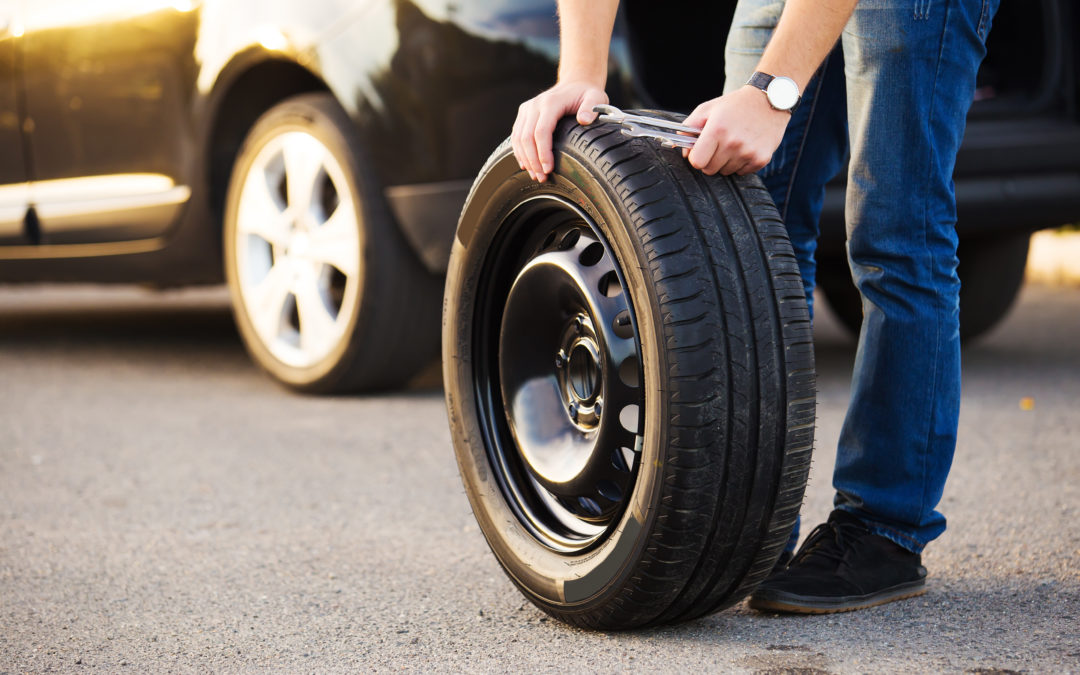
So, how long can tires sit before they go bad? Tires can sit between 6 and ten years before they go bad. Tires get worn out when you drive your car often, but they can also get worse when your car sits idle for a long time or if you have stored spare tires in your garage. On your car, the tires will lose air pressure and develop flat spots, cracks, or bubbles. Spare tires might last longer when stored properly, but they will ultimately go bad.
It is common knowledge to change tires on your car after using them for several years or getting damaged. Tires are an important part of your car, and their condition will determine whether you will arrive safely to your destination.
Most car manufacturers have recommendations on when to replace tires, but you will know when to replace the tires if you have a keen eye. If your car has been sitting idle for some time, you might be wondering if the tires are still in good condition or if they have gone bad.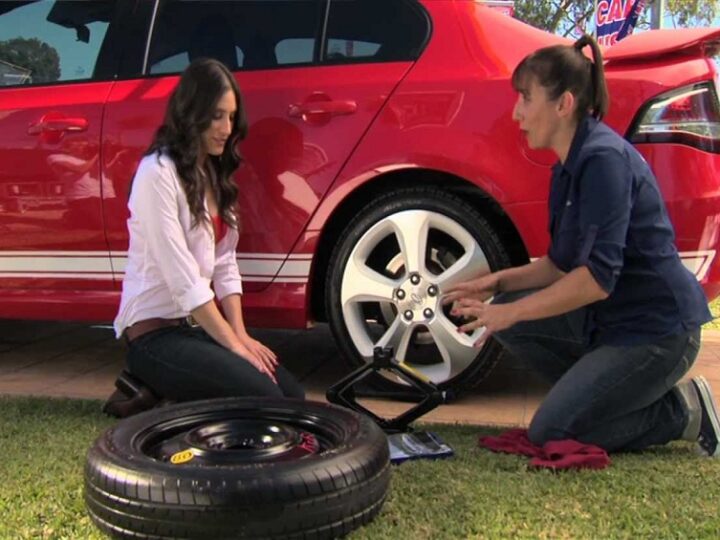
Tires can sit between six and ten years before they go bad. The time varies between the condition the tires were in before the car sat idle or the storage conditions. If you have been using the tires for two years and let the car sit idle, the car tires will go bad faster than the brand-new spare tires you have stored in your garage.
If your car has sat idle for several years, you need to check the tires’ health before you drive the car again. You should also store your spare tires properly to avoid damaging them before you use them.
Tires are made from rubber, and this material does not have an unlimited shelf life. Whether you drive your car or not, the tire will age as years go by, most likely after six years. When you let the car sit idle for some time or store the spare tires in your garage, you have to pay attention to their condition.
You should check for any signs of deterioration such as warping, cracks, low pressure, rotting, flat spots, and bumps, among others. Before you drive your car again or use a spare tire that has been stored for more than six years, check if the tire is in perfect condition. Do not attempt to drive a car with bad tires because you will be putting your life, the lives of your passengers, and other road users at risk.
Before you drive your car again or use a spare tire that has been stored for more than six years, check if the tire is in perfect condition. Do not attempt to drive a car with bad tires because you will be putting your life, the lives of your passengers, and other road users at risk.
You should note that, in the United States, some states will require a vehicle owner to submit their car for an annual inspection to ensure it is roadworthy. To pass the inspection, one of the things they will check on your car is the condition of your tires.
If your tires are bad, your car will not pass the inspection, and you have to change the tires. For example, if you live in the state of Pennsylvania, the minimum tread depth of your tires should be 2/32 of an inch. Therefore, if you live in a state that has an annual vehicle inspection, ensure you check the condition of your tires if they have sat for a long time before taking your car for the inspection.
Dry rot happens to a tire when it loses its moisture and becomes hard and brittle. Your tires become hard and brittle when you do not use your car or store your spare tires poorly. If you want to stop using your car for some time, you might wonder how long it would sit before the dry rot.
Your tires become hard and brittle when you do not use your car or store your spare tires poorly. If you want to stop using your car for some time, you might wonder how long it would sit before the dry rot.
A car can sit for up to three months before the tires begin to dry rot. The tires will dry rot if your car has been stationary for three or more months. There are oils in the rubber, and they need downward pressure to be activated. The downward pressure is only activated when you are driving your car, and when the oils are activated, they will prevent the moisture in your tire from escaping. You should note that dry rot not only affects the tires on your car, but it can also affect brand-new tires stored in your garage if you store them poorly.
Situations may arise where you might not need your car for several months, and you might be concerned if the car will be in good condition when you drive it again after a long time. If you are not going to use your car for more than three months, there are certain things you can do to ensure that your tires do not dry rot.
The first thing you should do is keep your car and its tires away from direct sunlight. If you have a garage, clear enough space for the car and drive it into the garage, ensuring that it is parked where direct sunlight does not reach its tires. Direct sunlight can cause the oils in the tires to leak, making the tires lose moisture much faster, leading to dry rot.
Another thing you should do is ensure the tires are clean and dry before you park your car for an extended period. Dirty or muddy tires are prone to dry rot because when the tires are drying, the moisture escapes with some of the oils, leaving your tire dry and hard.
You should use warm water and a small amount of soap to clean the tires. Do not use special tire cleaning products to clean the car before storing it. Most special tire cleaning products are designed to be rubbed into the tires when driving. If you use them to clean your tires and drive the car into your garage, your tires could dry rot much faster.
If you have parked your car for more than three months, you should consider removing all the tires. Since cars need to be mounted on hydraulic jack stands after removing the tires, getting the stands can be very expensive.
The cheapest way is to buy second-hand tires and fit them on your car. You can restore the tires after you are ready to use the car again. After removing the tires from the car, ensure that you store them properly. Place the tires in airtight bags, pump out the excess air using a vacuum sealer and keep the tires away from direct sunlight.
Due to the pandemic, most people’s schedules have changed; for instance, the need to move around a lot has reduced significantly. If you were using your car to go to work and now you have to work from home, your car will be idle for a long period. Here is what would happen if your car sits for six months.
If a car sits for six months, some of the things that would happen include the battery dying, tires losing air pressure, tires dry rotting, the brakes could rust, the fuel pump could break, the fuel tank could rust, the vehicle could sustain exterior damage, and it could become infested by pests.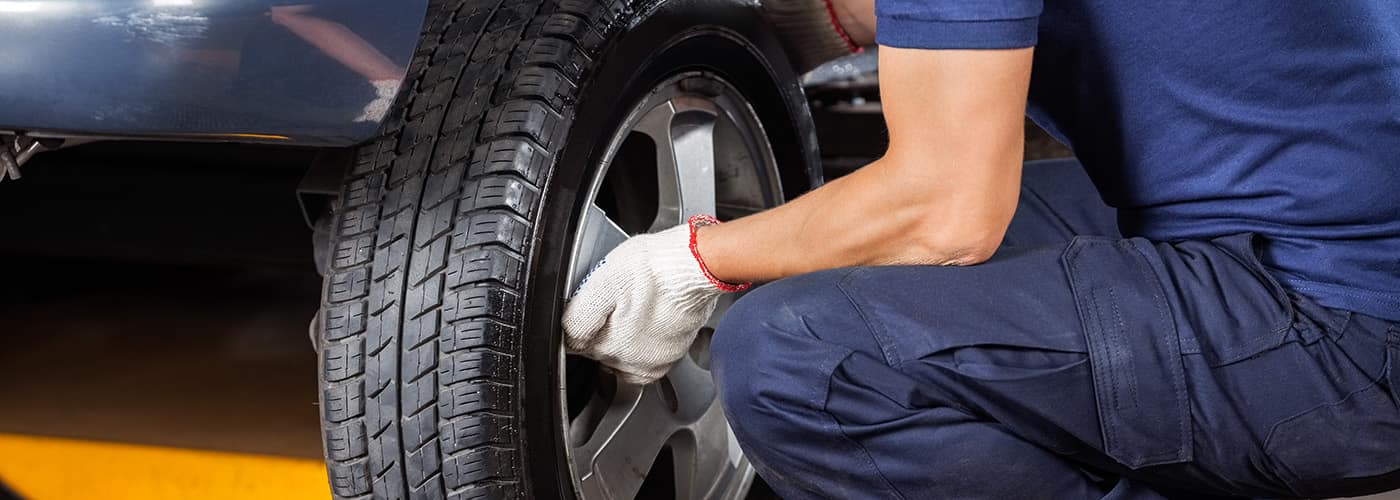
All these could make your car undrivable, and it could cost you a lot of money to bring the car up to usable standards. You should take precautions when you leave your car in the garage for six months or more. Let us look at some of the things you can do to help prevent your car from getting damaged after letting it sit for six months or more.
The first thing you should do is park your car in a garage or under a cover. You can also use a car wrap to protect your car from extreme weather conditions. Placing your car in a garage or under a cover will protect it from sun, rain, hail, or bird dropping that could damage the exterior of your car.
Keeping your car in a garage will also prevent pests from accessing the car. Pests such as rats and mice could enter your car and damage its delicate wiring and interior. You should also inspect your car frequently to check if insects and animals live in it.
Another thing you should do is fill up the gas tank before you park your car in the garage. A full tank of gas will prevent the fuel pump from getting damaged, and the gas will prevent air from entering the gas tank. If air enters the gas tank, it could lead to rusting, contaminating your gas, and harming your car’s engine.
A full tank of gas will prevent the fuel pump from getting damaged, and the gas will prevent air from entering the gas tank. If air enters the gas tank, it could lead to rusting, contaminating your gas, and harming your car’s engine.
You can also add a fuel system stabilizer and drive your car for about 15 miles to protect the fuel tank from rust. When you return, ensure you use up the gas in the tank as quickly as possible. You should also disconnect the battery after parking the car. Use old tires to prevent your good tires from dry rotting.
Changing your car’s tires can be expensive, but all car manufacturers recommend that you change your tires after using them for several years. All tires have a birthday, the day they were manufactured, and will continue to age as time goes on. If you found 30-year-old tires in your garage, you might be wondering if they are safe to use.
30-year-old tires are unsafe because using old tires poses a danger to you, your passengers, and path road users. It does not matter if the tires have never been used or not; if they have been around for 30 years, you should not fit them on your car. The dangers of driving on 30-year-old tires include less grip, low and difficulty retaining air pressure, and blowout. You should avoid buying old tires no matter how good the deal is. When you go to buy tires for your car, always check the age of the tires before you purchase them.
It does not matter if the tires have never been used or not; if they have been around for 30 years, you should not fit them on your car. The dangers of driving on 30-year-old tires include less grip, low and difficulty retaining air pressure, and blowout. You should avoid buying old tires no matter how good the deal is. When you go to buy tires for your car, always check the age of the tires before you purchase them.
When you buy new tires for your car, the age of the tires is one of the most important things you need to check. Unlike most parts of a car, Tires do not have an unlimited shelf life. Therefore you cannot buy them in bulk and keep them for many years and expect them to work properly.
The rubber ages as time goes on; even if the tires have never been used, their age will determine if they are safe or not. To check the age of the tires you want to buy, look at the Tire Identification Number on the side of the tire.
The last four digits will indicate the week the tire was manufactured and the year. For example, tires manufactured after 2000 have the tire identification format “DOT U2LL LMRL 2703.” “51” means the tire was manufactured in the 27th week, and “07” means the tire was manufactured in 2003.
Tires will age whether you use them or not, and stored tires will get damaged quickly if you store them incorrectly and fail to use them within six or ten years. When you store tires in your garage, the exposure to oxygen will make them hard and less flexible, leading to cracks. The oils in the tires will also stay inactive, failing to lubricate the tires leading to dry rotting. When you install 30-year-old tires on your car, disaster will happen sooner or later.
Tires can go back if you do not use them, misuse them, or store them poorly. If you have several spare tires, you need to store them away from excess air, humidity, high temperature, and direct sunlight. If you are not going to use your car for a long time, you should buy used tires, remove the good tires and install the old used tires on your car.
Store the good tires perfectly to avoid dry rotting. You should also disconnect the battery, cover your car or park it in your garage, store it with a full tank of gas, and clean it thoroughly to avoid attracting critters. Finally, you should never use 30-year-old tires on your tires, no matter how brand new they look.
Consumer disputes over the age of tires have not subsided for several seasons. Buyers are excited that the warranty period for tires is limited to 5-6 years according to GOST, and after the expiration of this period, the rubber becomes unusable.
Is this really the case, read this article.
Manufacturers of most brands on their products set Shelf life is 5 years and service life is also 5 years .
The shelf life of a tire is the period during which it retains its performance when properly stored.
The end of this period does not mean that the tires have become unusable . A shelf life of 5 years is given by manufacturers because, by law, they cannot set a shelf life higher than the service life. Tires over 5 years of storage cannot be called damaged or defective, their technical characteristics may be slightly reduced. American researchers argue that the period of storage of "shoes" must be at least 10 years. Experts from Germany are sure that it cannot exceed 6 years. nine0003
A shelf life of 5 years is given by manufacturers because, by law, they cannot set a shelf life higher than the service life. Tires over 5 years of storage cannot be called damaged or defective, their technical characteristics may be slightly reduced. American researchers argue that the period of storage of "shoes" must be at least 10 years. Experts from Germany are sure that it cannot exceed 6 years. nine0003
The expiration date of tires is the warranty period during which the manufacturer is responsible for the quality and condition of the tire if it was used for its intended purpose without violating the operating rules.
According to Russian legislation (GOST 5513, GOST 4754-97) , the service life of tires is 5 years from the date of manufacture.
How can I find out the date of manufacture of tires? nine0010
You can find out the age of tires by a special DOT code. Tires manufactured after 2000 in the DOT code contain two pairs of numbers, where the first pair indicates the week number of the year, and the second pair indicates the year. Earlier tires before 2000 have 3 numbers in their composition, where the first two digits are the week number, and the last one is the year (see the transcript in the photo).
Determination of the average shelf life of a tire according to GOST and operating conditions. nine0010
- The symbol ZR denotes tires for high-speed cars. They are recommended to be used at speeds over 240 km/h. up to 6 years
- Tires with the H symbol are used at a maximum speed of 210 km/h. within 5 years.
- The sign S symbolizes the maximum permissible speed of 180 km/h. and operational period of 4-5 years.
Most tire manufacturers do not agree that tire life is limited to 5 years. Each company has its own opinion on this matter. We analyzed several of them and the information they posted on their official websites. nine0003
Michelin
The French tire manufacturer Michelin has become famous for its active fight against the perception of the rapid aging of tires as a perishable product.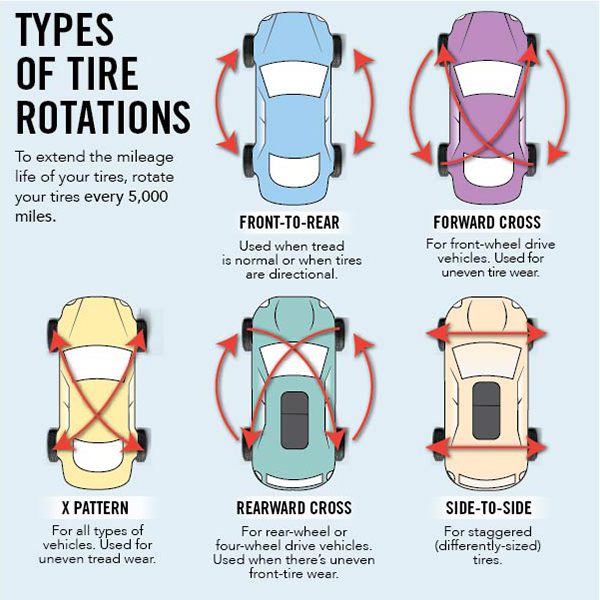 Her information campaign "Tires Are Not Bananas" created a lot of noise in the automotive environment. According to the representative office, several test trials were carried out in Saudi Arabia, South Korea and Germany. As a result of testing, no difference was found between new tires and tires stored for 3 years. They were tested for various characteristics such as rolling resistance, high speed durability, etc. Tires with a year life were approximately equal in performance to 10-year unused tyres. nine0003
Her information campaign "Tires Are Not Bananas" created a lot of noise in the automotive environment. According to the representative office, several test trials were carried out in Saudi Arabia, South Korea and Germany. As a result of testing, no difference was found between new tires and tires stored for 3 years. They were tested for various characteristics such as rolling resistance, high speed durability, etc. Tires with a year life were approximately equal in performance to 10-year unused tyres. nine0003
Michelin focuses the attention of car owners on the fact that tires are not a perishable product, their shelf life is not as important as the service life is important, starting from the date the tires are installed on the rims. It is from this moment that the tire is subjected to all tests: pressure, temperature changes, wear, contact with uneven and sharp coatings, etc.
Continental
On the Russian official website of Continental, we found the following information on the expiration dates of tires. nine0003
“When a tire is stored in the correct position and under the recommended conditions, it will not lose its original balanced performance for 5 years from the date of manufacture of the tire.
A properly maintained, unused tire less than 5 years old can be sold as a new tire and used normally.
Continental recommends replacing all tires (including spares) with a sidewall date greater than 10 years. nine0003
Nokian
The following information is posted on the Nokian official website:
“Tire life is not defined by law, but tires can only be considered “new” if they have been manufactured within the last five years. The recommended service life of tires is six years and the recommended maximum period is 10 years.
The opinion of our specialists, based on many years of experience, coincides with the opinion of manufacturers: the shelf life is 5 years + the service life is up to 10 years. Moreover, more "adult" tires, in our opinion, are of better quality. nine0003
To keep tires as long as possible, they are stored in compliance with all rules and recommendations. The main condition is a cool, ventilated, darkened room away from oils, paints, ozone, and heat sources.
Rubber products tend to lose their performance over the years. To prevent and slow down this process, manufacturers add polymers to the rubber compound. They prevent oxidative processes that occur due to the interaction of protectors with oxygen and ozone. nine0003
The following are the main conditions for the proper storage of tires in accordance with GOST 24779-81:
Maintaining a constant regime without sudden jumps, slight temperature fluctuations from -30°С to +35°С are allowed;
Provide a low humidity level of 50-80% in a dry, ventilated cool room;
Avoid direct sunlight, use darkened hangars, shield heat sources; nine0003
Keep away from sources of heat;
Tires should not come into contact with corrosive, copper materials.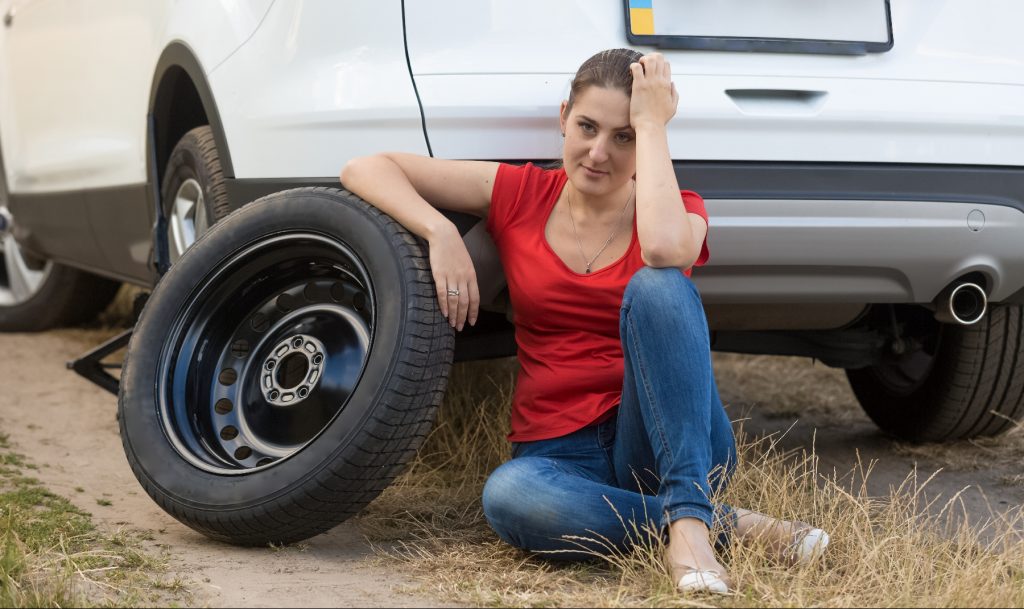
Avoid kinking, loading or positioning on an uneven surface.
Avoid contact with oils, organic solvents, acids, alkalis, fuels and lubricants on the tire surface. It is forbidden to lay tires on a wet and dirty surface. nine0003
In the warm season, when storing tires outside, they should be covered with light-tight material and raised above ground level to ensure ventilation and prevent the occurrence of the greenhouse effect.
Storage on reflective, light and heat absorbing surfaces is prohibited.
Keep away from chemicals, oils, paints, open flames, electric motors that produce ozone. nine0003
Used tires must be washed and dried.
Tires without rims should be stored upright.
The service life depends on many factors: the load on the car, the quality of the roads, the driving style, the distance traveled, tire damage, etc.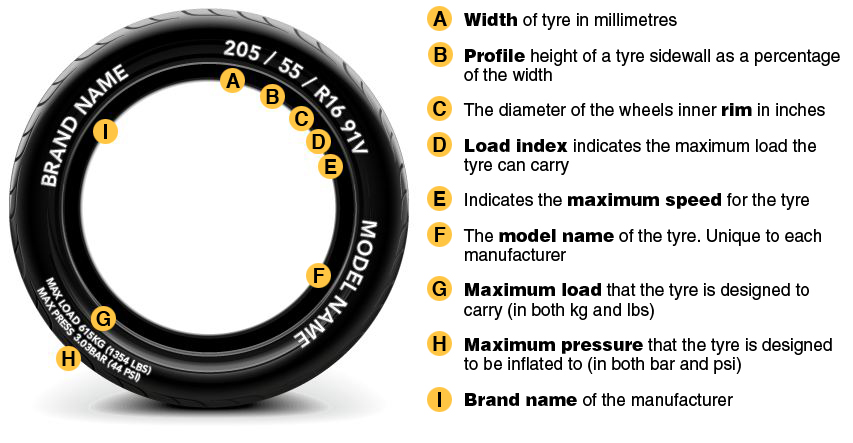 To increase their service life, follow these rules: nine0003
To increase their service life, follow these rules: nine0003
Check tire pressure every 2-3 weeks. With reduced pressure, tire wear increases by the equivalent of a % reduction. For example, a 15% reduction in pressure can result in a 15% reduction in service life. Inflated tires are less scary.
The wear of the front tires is always significantly higher than the rear ones, so it is recommended to swap them after some time, carefully watching the direction of the tread pattern and the direction of rotation. nine0003
Proper alignment of tires in relation to rims. If the direction is not the same, then performance is significantly reduced.
To prevent damage to the sidewalls of tires, avoid close proximity to curbs and high ledges.
Wash off dirt from the surface of the rubber and from deep grooves with special cleaning agents. nine0003
Adhere to an even driving style without harsh brakes and quick starts.
Do not overload the car beyond the norm. 20% excess weight leads to a 30% loss of tire life.
Keep the wheels balanced and check the alignment angles annually.
The main condition for a long tire life is:
- high quality products,
- careful operation,
- proper storage of tires in the off-season,
- timely diagnosis.
The age of tires in standard storage is a minor non-determining factor that should not be taken into account when buying them.
Previous article Next article
How do you know when tires are completely worn out and it's time to change them? Everything is simple. For summer tires, the limit is 1.6 mm of residual tread depth, and for winter (or all-season, used in winter) - 4 mm. Modern summer tires can cover from 40,000 to 70,000 km depending on driving style and vehicle characteristics. An average motorist rolls such a mileage on summer tires in 2-3 seasons. Moreover, wear implies not only a decrease in tread depth. For millions of cycles of deformation, the strength of the carcass and its adhesion to the layers of the rubber compound are violated. In short, every 2-3 years you should buy a new set of tires. nine0003
An average motorist rolls such a mileage on summer tires in 2-3 seasons. Moreover, wear implies not only a decrease in tread depth. For millions of cycles of deformation, the strength of the carcass and its adhesion to the layers of the rubber compound are violated. In short, every 2-3 years you should buy a new set of tires. nine0003
In case of irreparable damage to one of the tires and a relatively high total mileage of the kit, it is also worth considering replacing it. Well, or about buying at least a pair of new tires, which, for any type of drive, should be installed on the front axle. We put two tires back - the most decent of the remaining ones.
Many motorists drive only a few thousand kilometers a year. This does not mean that the tires will serve you for several decades. According to Russian requirements (GOST 4754-97), the service life of passenger car tires is 5 years from the date of manufacture. And for example, Continental recommends that all car tires (including the spare tire) older than 10 years old should be replaced with new ones.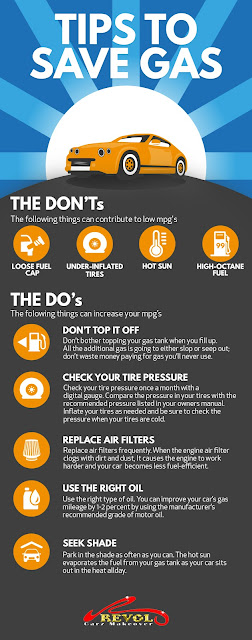 Therefore, with small runs, you can navigate for ten years. The date of manufacture of the tire is indicated on the sidewall. Usually it is an oval with four numbers. The first two are the ordinal number of the week in the year, the last two indicate the year.
Therefore, with small runs, you can navigate for ten years. The date of manufacture of the tire is indicated on the sidewall. Usually it is an oval with four numbers. The first two are the ordinal number of the week in the year, the last two indicate the year.
Related materials
How to change the car yourself - detailed instructions
Tires should be rotated periodically in accordance with the vehicle manufacturer's recommendations - information on this can be found in the owner's manual.
We can advise you to carefully use the tires and, most importantly, to store them correctly in the off-season. First of all, during storage, it is important to exclude direct sunlight from hitting the tires, which greatly age the rubber. Tires without rims should be placed vertically, and stacked on rims. nine0003
And before installing tires on a car at the beginning of the season, evaluate their condition.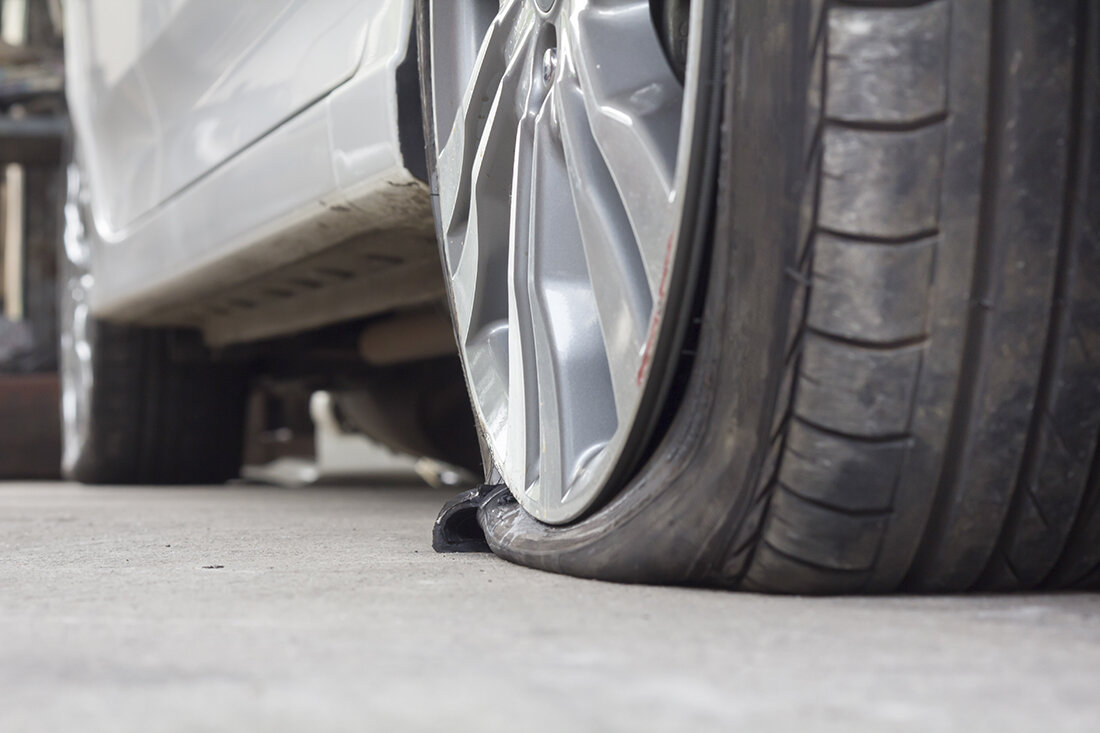 There should be no cracks in the tread and sidewalls. The tire should not be dry, it should remain rubbery and not look like baked plastic.
There should be no cracks in the tread and sidewalls. The tire should not be dry, it should remain rubbery and not look like baked plastic.
Related materials
Driving on badly worn tires - will I be fined or not?
Winter tires have a much shorter life span. They almost always fail due to the wear of the treadmill, because the tread of a new tire is 7–8 mm, and only 3–4 mm remain working height. If the tires are studded, then with such wear there are very few metal elements left, and the tire will not provide adequate safety when driving on a winter road. However, not only spikes, but also Velcro, with such a degree of wear, also lose most of their capabilities. nine0003
The real life of winter tires rarely exceeds 30,000 km. "Bald" winter tires without studs can be re-rolled in summer, but their grip on hot road surfaces will be very poor. This must be taken into account, especially when braking.